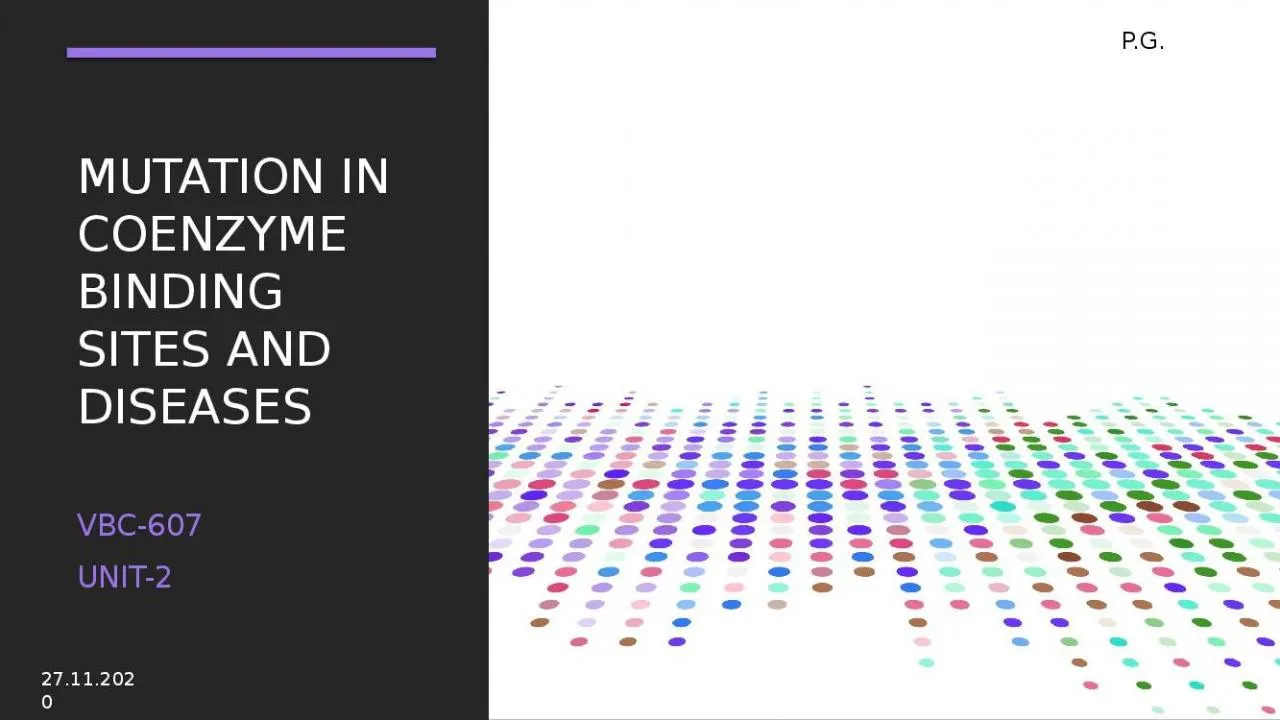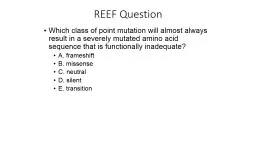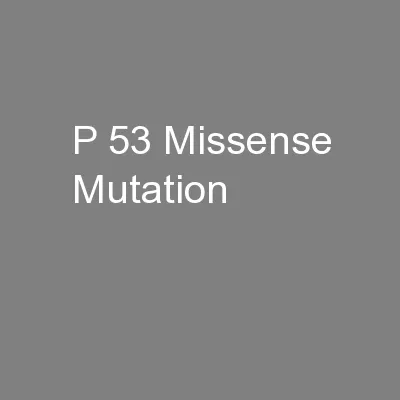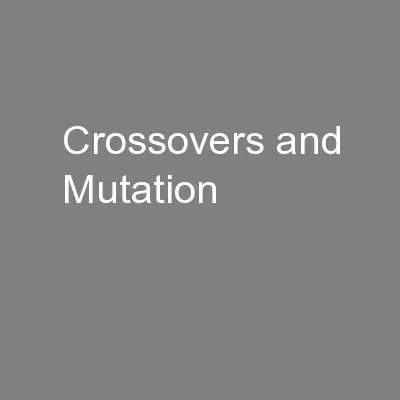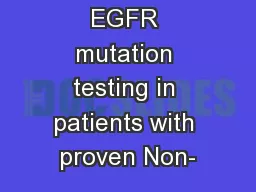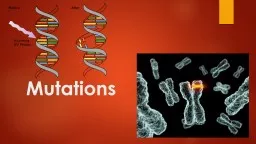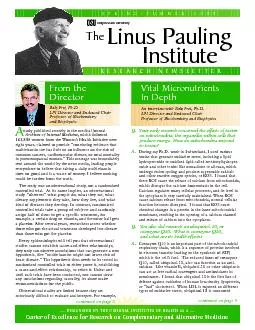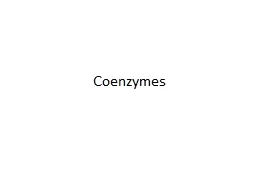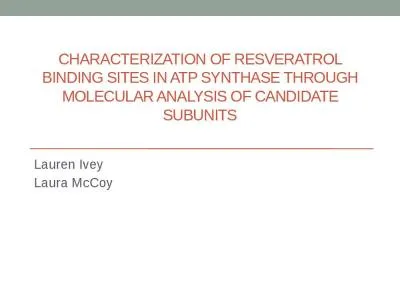PPT-Mutation in coenzyme binding sites and diseases
Author : smith | Published Date : 2022-05-14
VBC607 Unit2 PG 27112020 onethird of the mutations in a gene is an increased Michaelis constant or Km decreased binding affinity of an enzyme for the coenzyme or
Presentation Embed Code
Download Presentation
Download Presentation The PPT/PDF document "Mutation in coenzyme binding sites and d..." is the property of its rightful owner. Permission is granted to download and print the materials on this website for personal, non-commercial use only, and to display it on your personal computer provided you do not modify the materials and that you retain all copyright notices contained in the materials. By downloading content from our website, you accept the terms of this agreement.
Mutation in coenzyme binding sites and diseases: Transcript
Download Rules Of Document
"Mutation in coenzyme binding sites and diseases"The content belongs to its owner. You may download and print it for personal use, without modification, and keep all copyright notices. By downloading, you agree to these terms.
Related Documents

